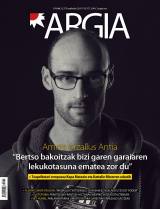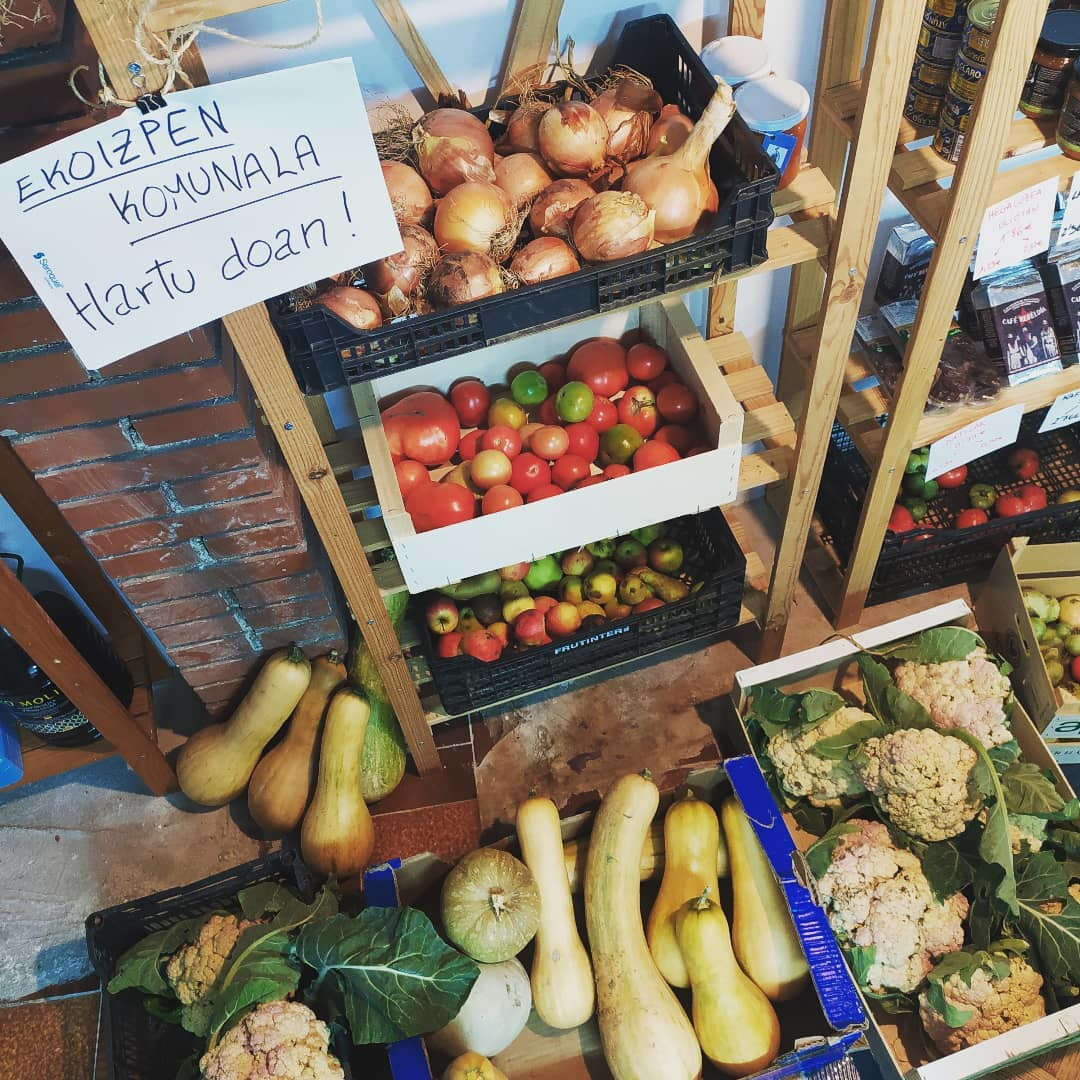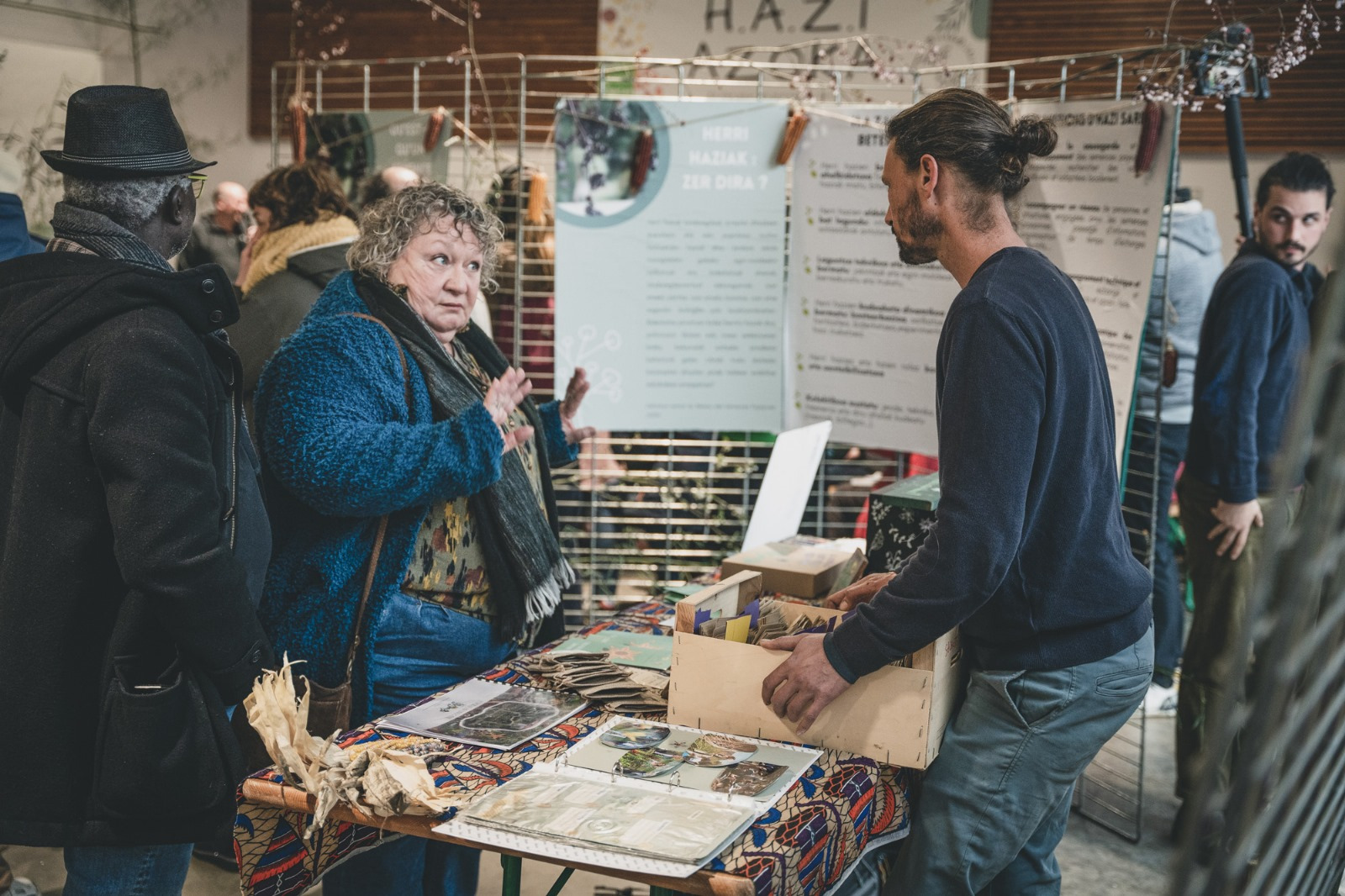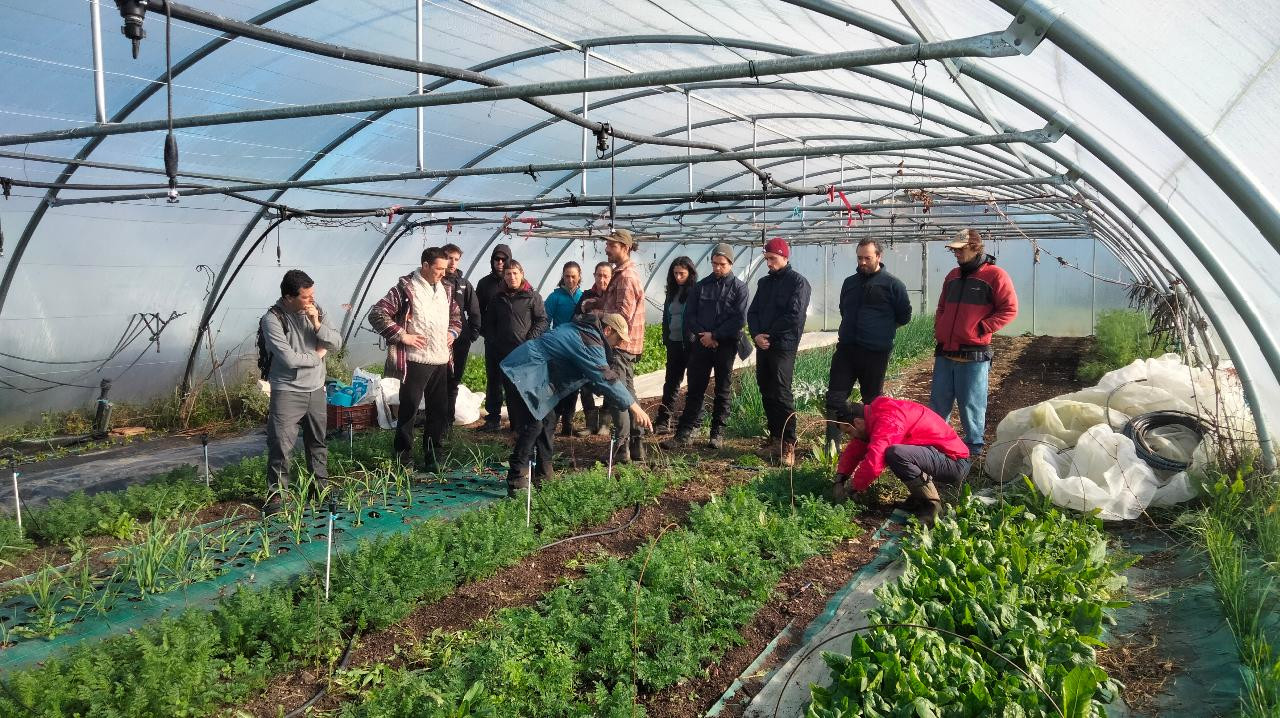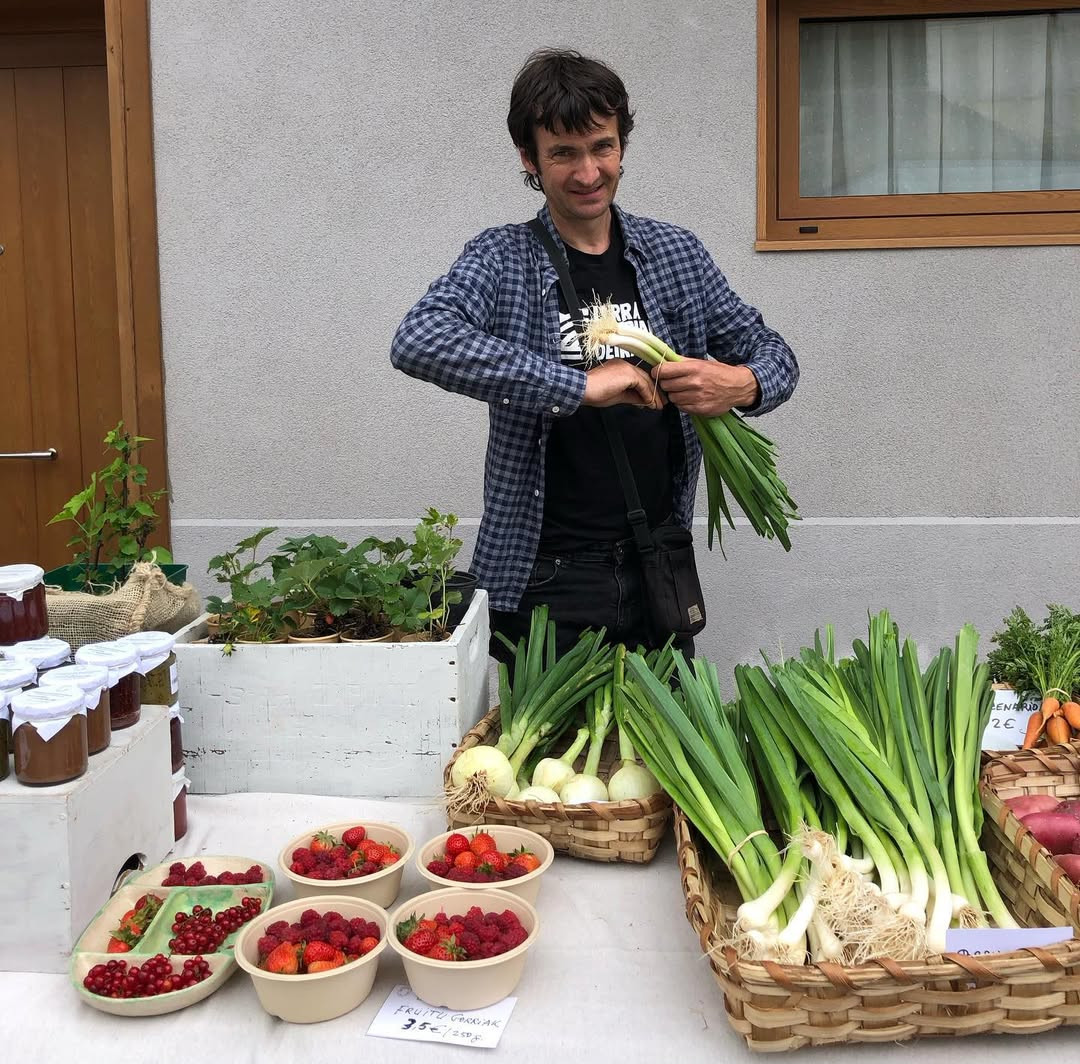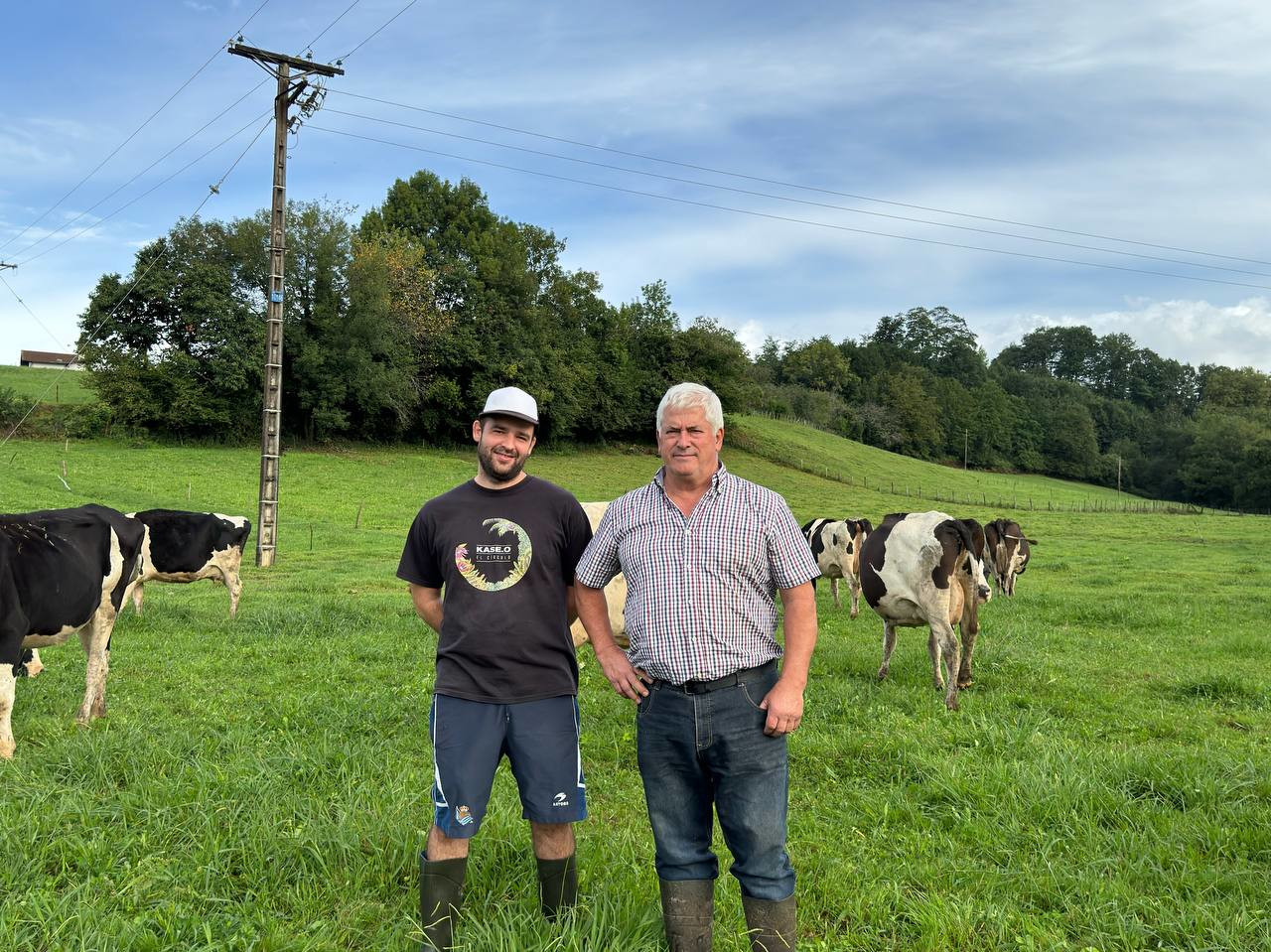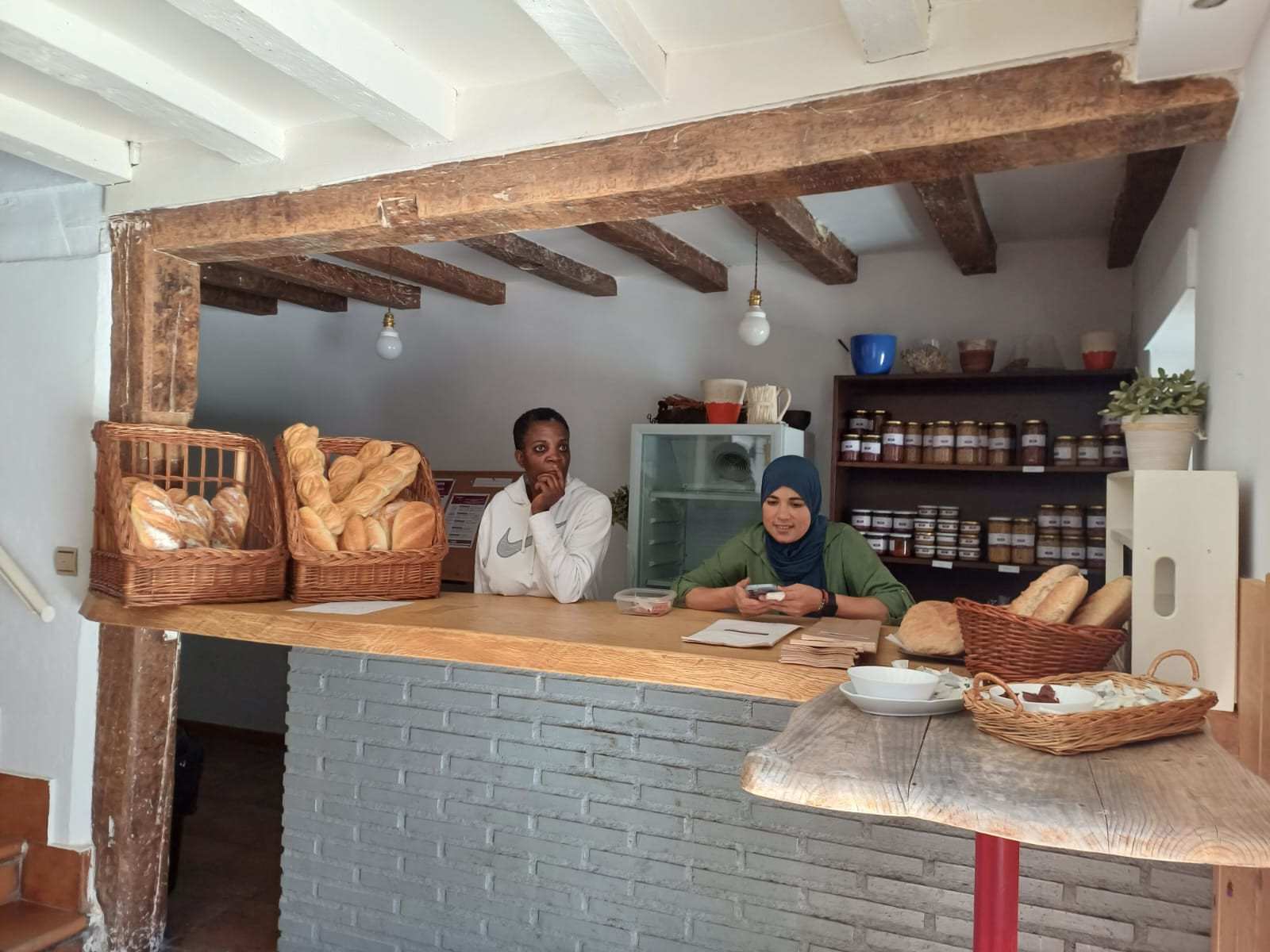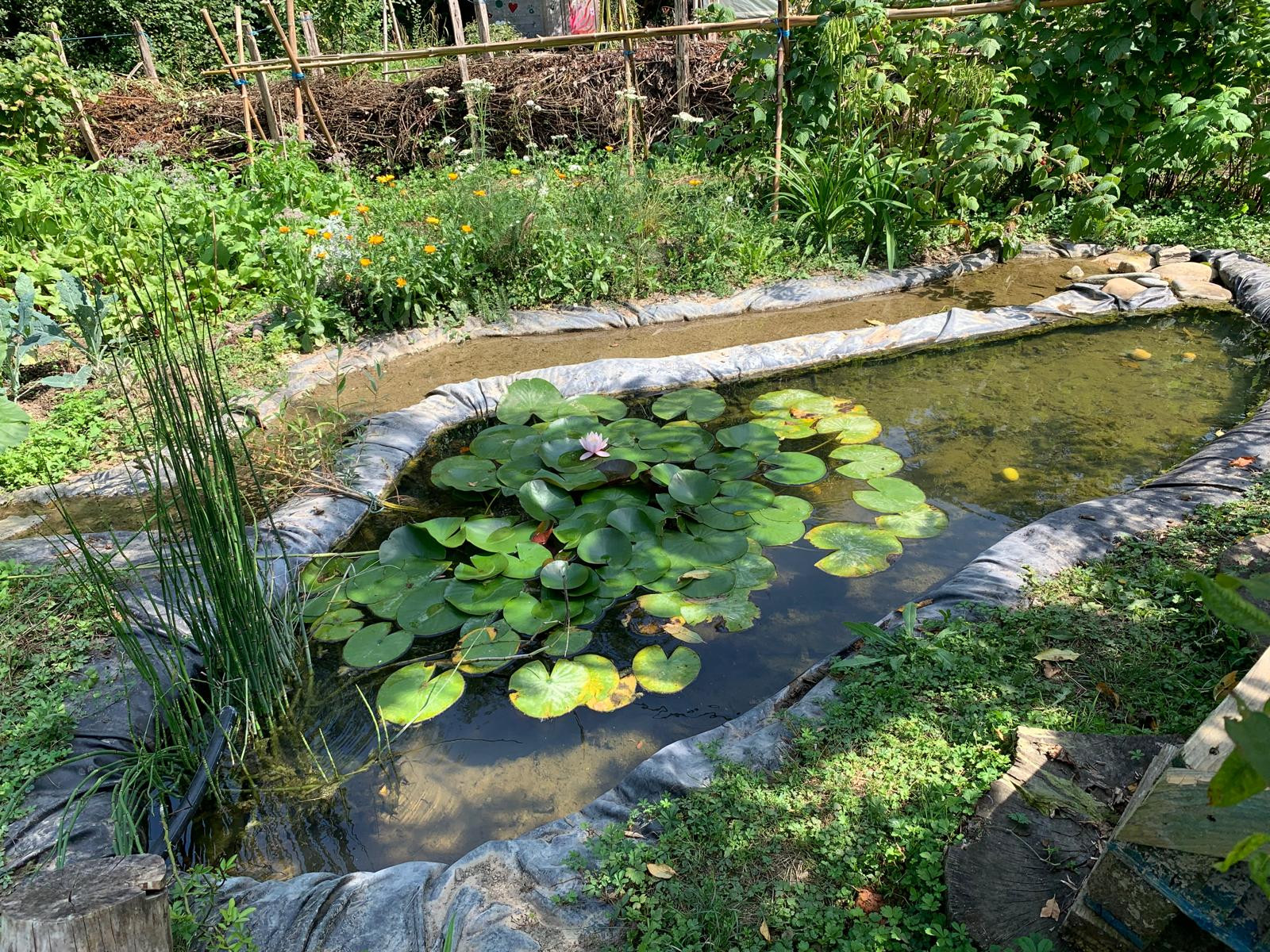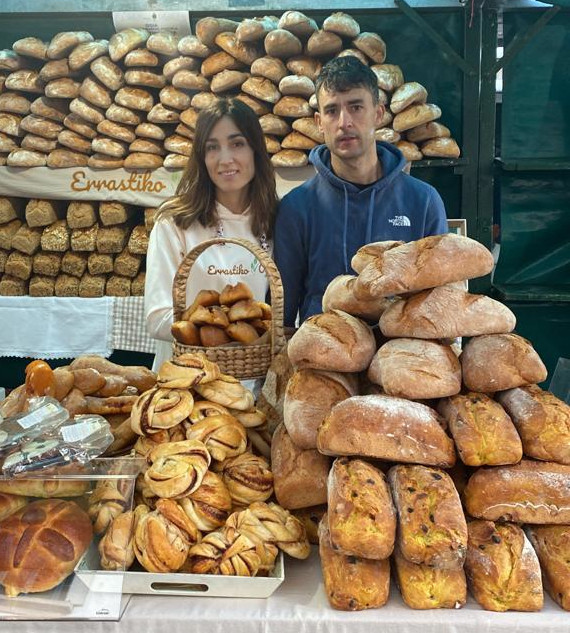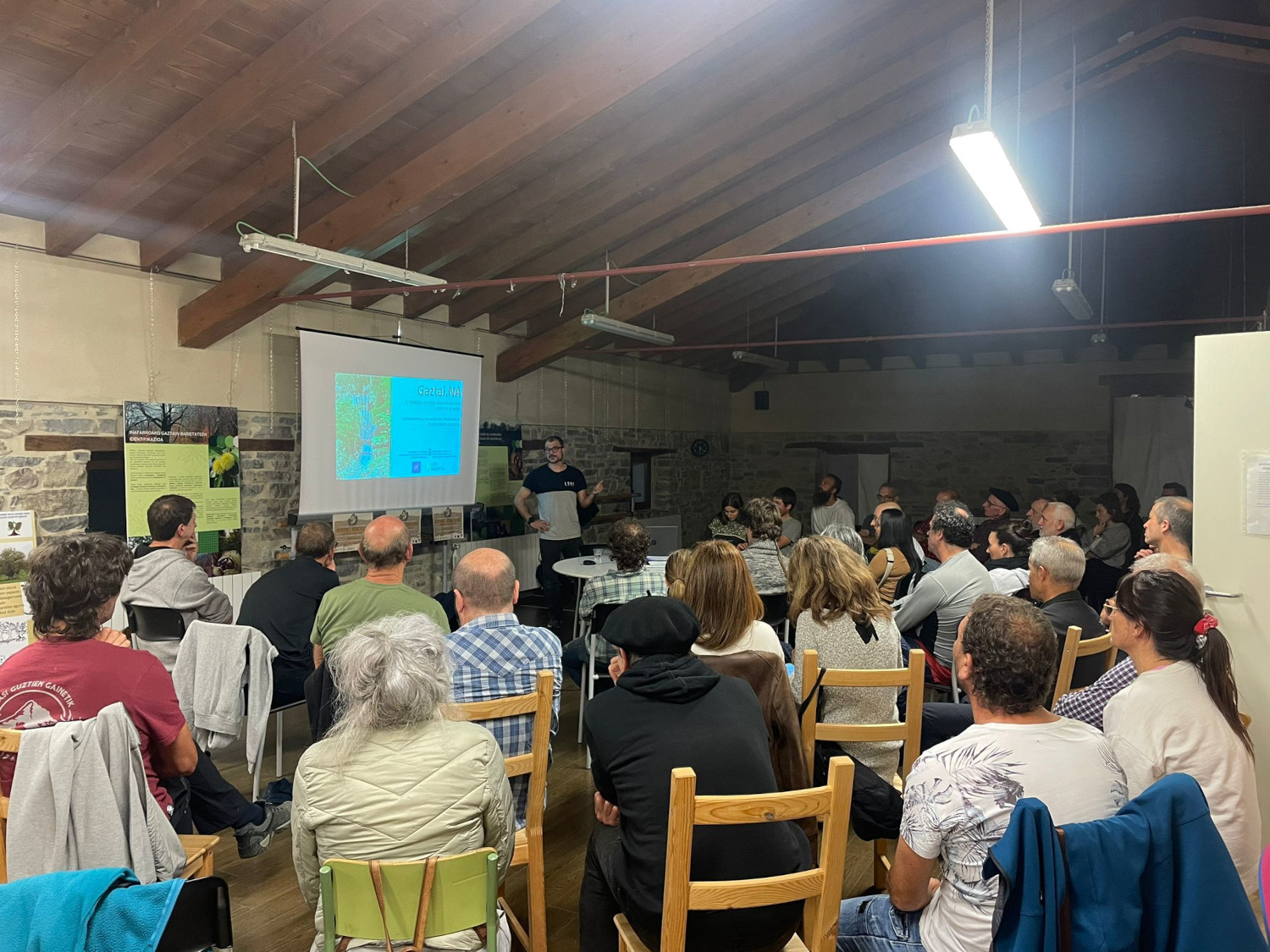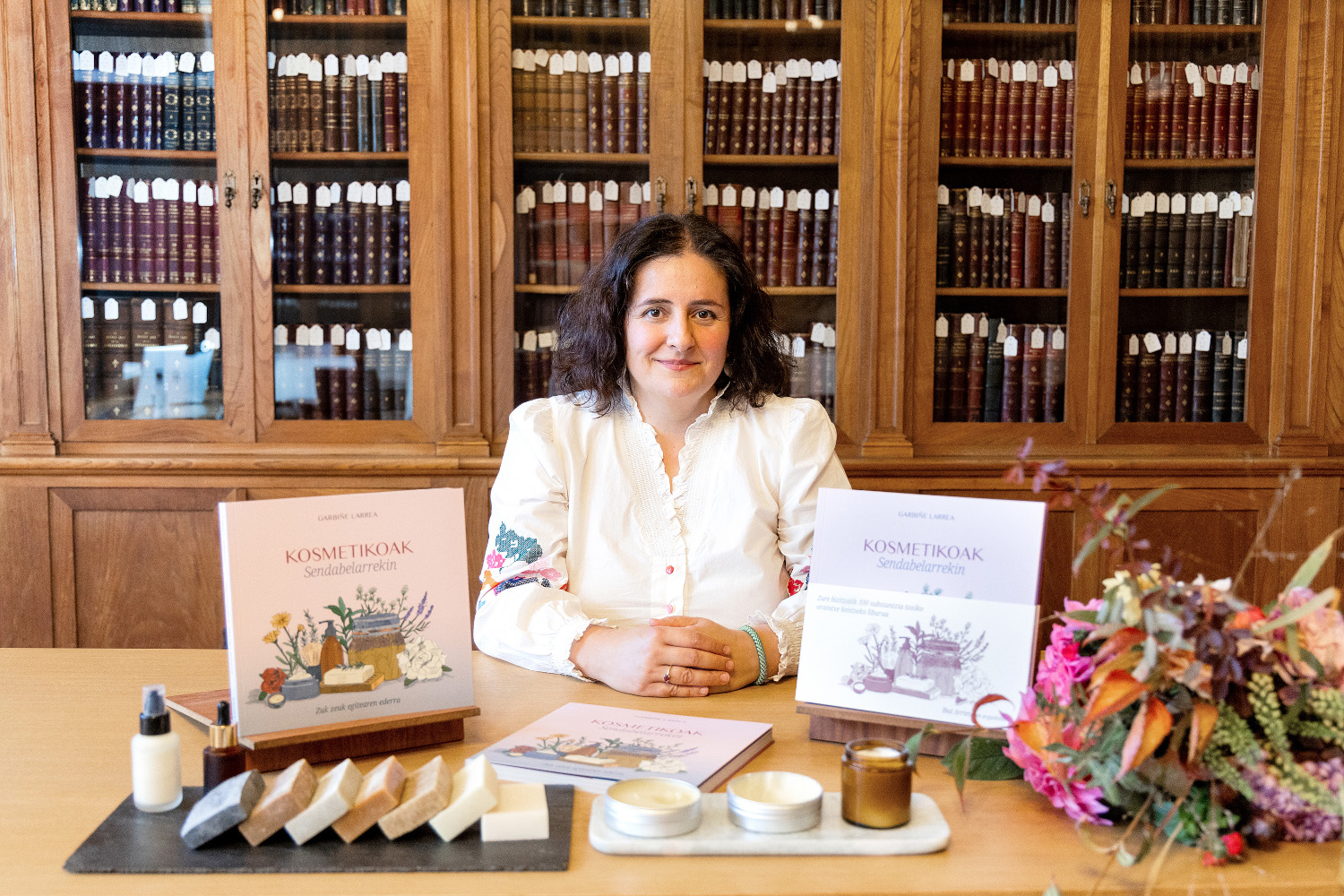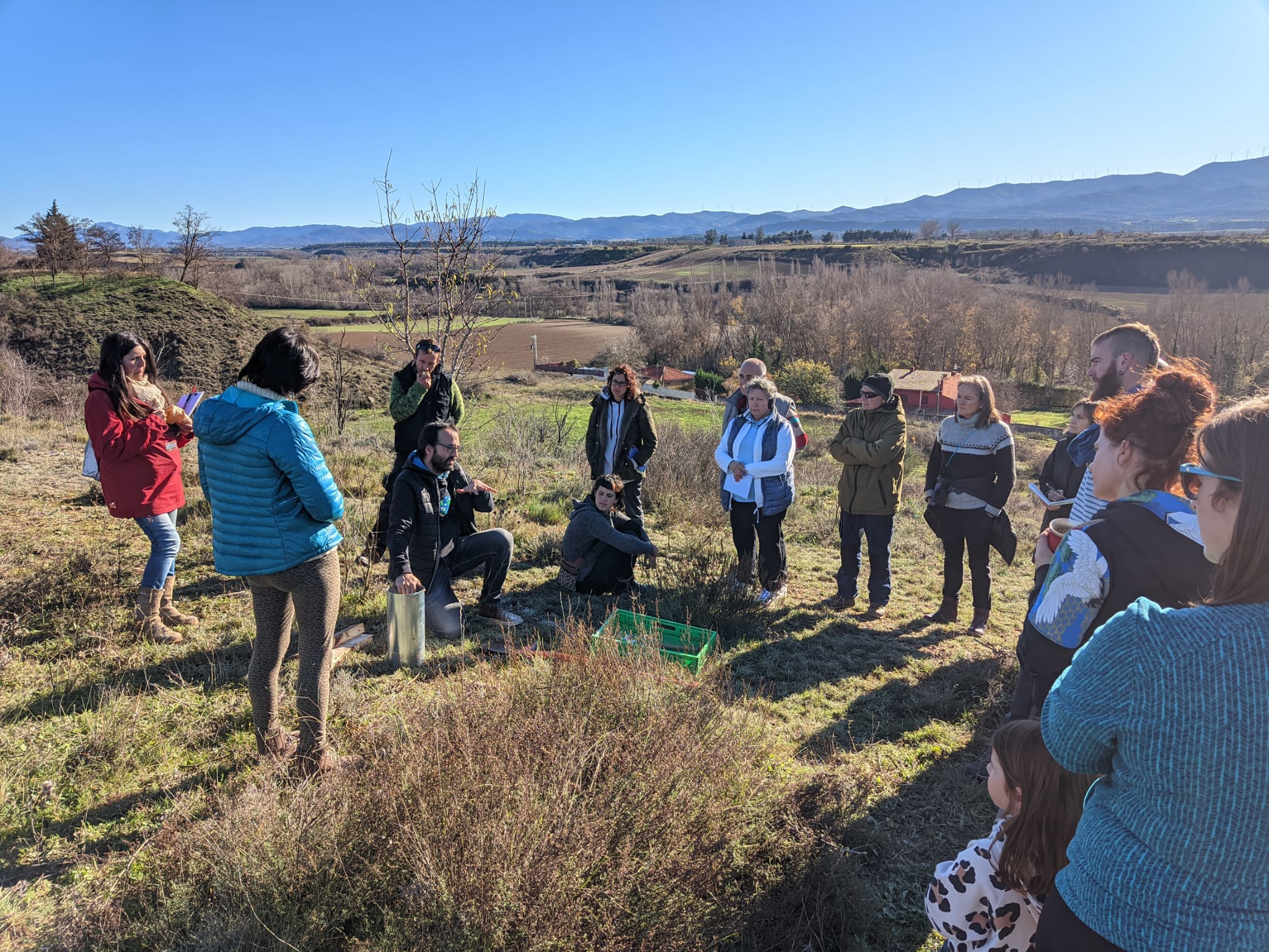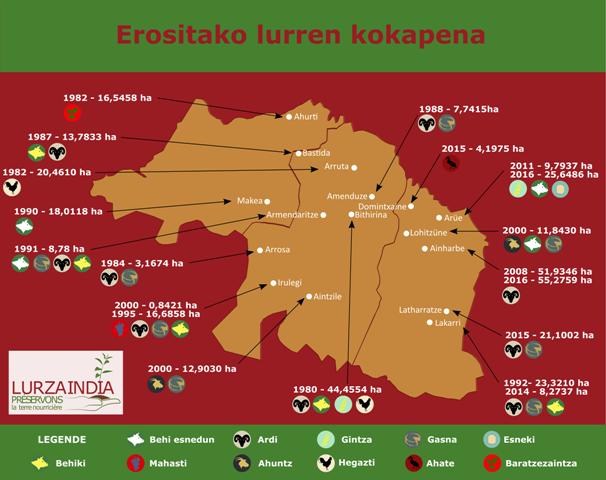
In recent years, a large number of agricultural and livestock land areas are being lost throughout the Basque Country, for which buyers of lands that have little interest in cultivation have other ideas. The collective Lurzaindia works against this in Ipar Euskal Herria. “What the landlord does, as his name says, is to care for the land. We fight against speculation, in particular,” explains Dominique Amsoy, a member of the collective.
Collectivization of land for the use of cultivators
The creation of Lurzaindia dates back to 2013 by the four structures linked to the struggle of the primary sector: ELB agriculture unions, federations Arrapitz, Euskal Herriko Laborantza ganbara and Amap Laborantza sustainable agriculture associations. Before the creation of Lurzaindia itself, there was a partnership called Lurra, dedicated to the purchase of farms to be able to plant young people.
But how do they collectivize the land? Throughout the year, money is collected to buy land and farms for sale and to be able to add them to the Lurzaindia project. “The lands we buy will never be sold again, they will definitely retire from the market,” says Amsoy. Lurzaindia offers young farmers the possibility of taking forward their projects by long-term rentals on these lands, contrary to the speculative market. The ErNE structure has been put in place to manage the revenue from the levies: “Erne members have the burden of managing money, deciding what to buy and what not.”
Fruits of the work carried out
The member explains that since the inception of the embankment, it has been possible to delay the sale of some 35 for other land uses. They work with the French Safer structure to ensure that land prices are correct and purchase land where necessary. In total, 29 farmers work in about 400 hectares of land and 20 apples. More than 3,500 shareholders have participated in the Earth and Lurzaindia collections. They're not soft numbers.
“At the moment we only work in Iparralde, but in our regulations we have established that it is also possible to extend it to the South, with the support of the farmers there. That is, to take Euskal Herria in a universality,” says Amsoy.







